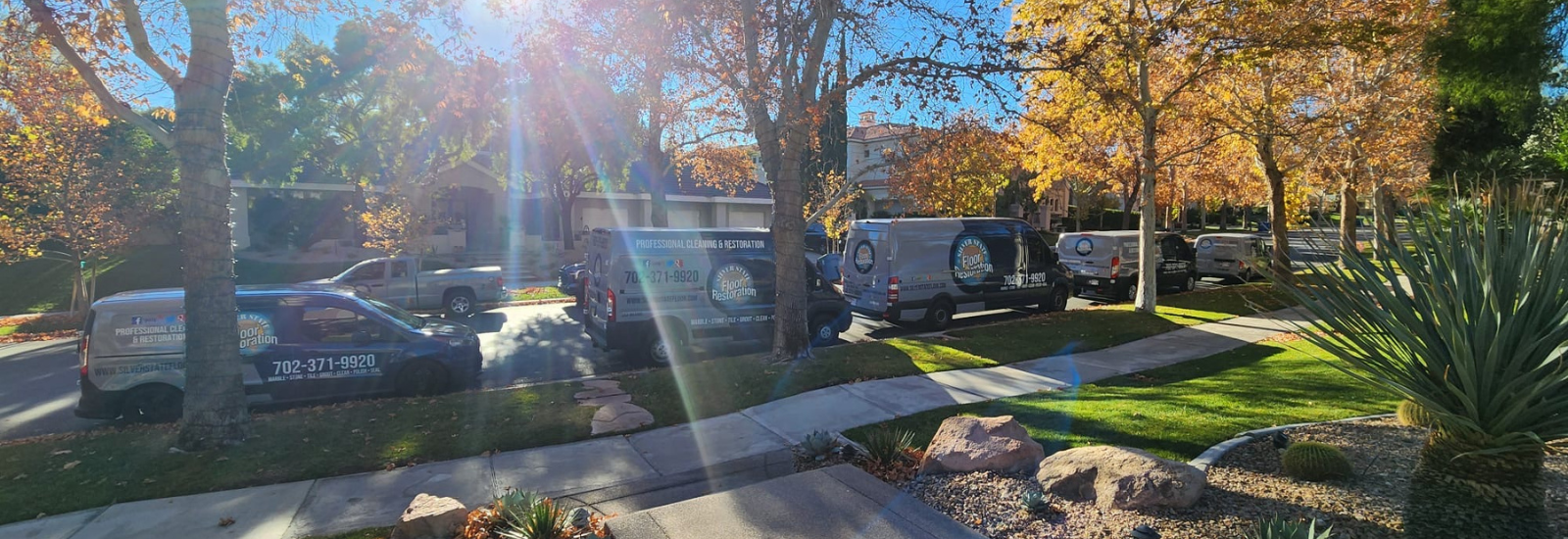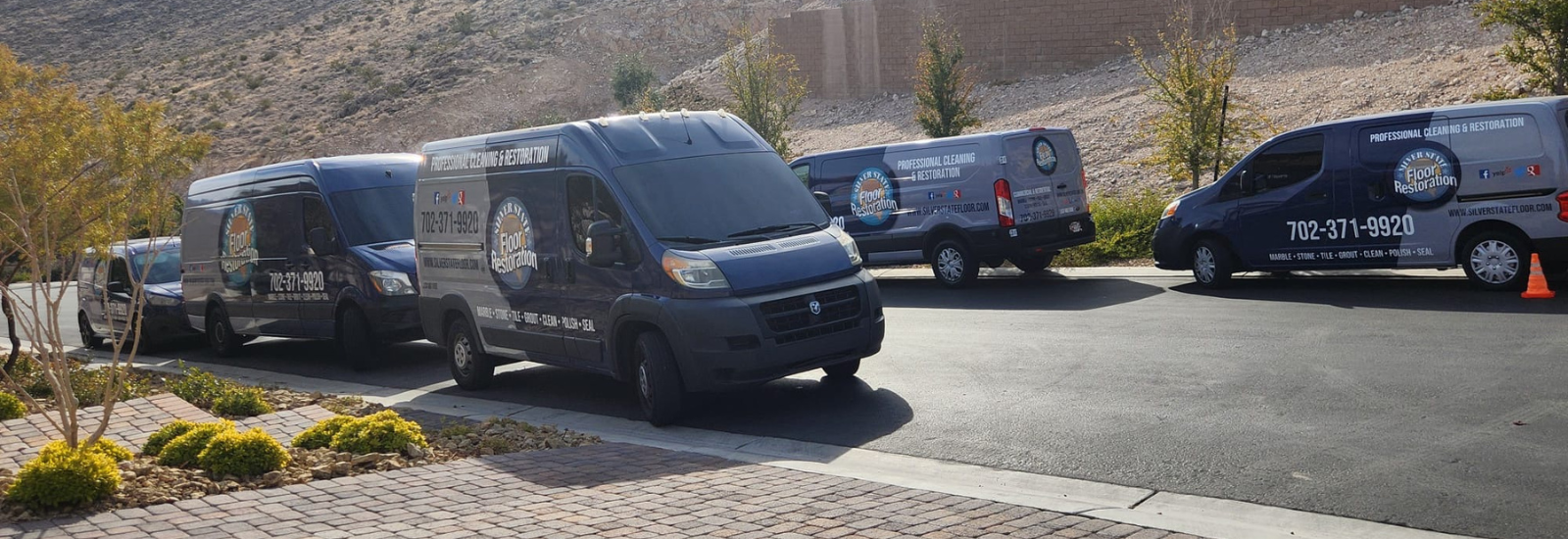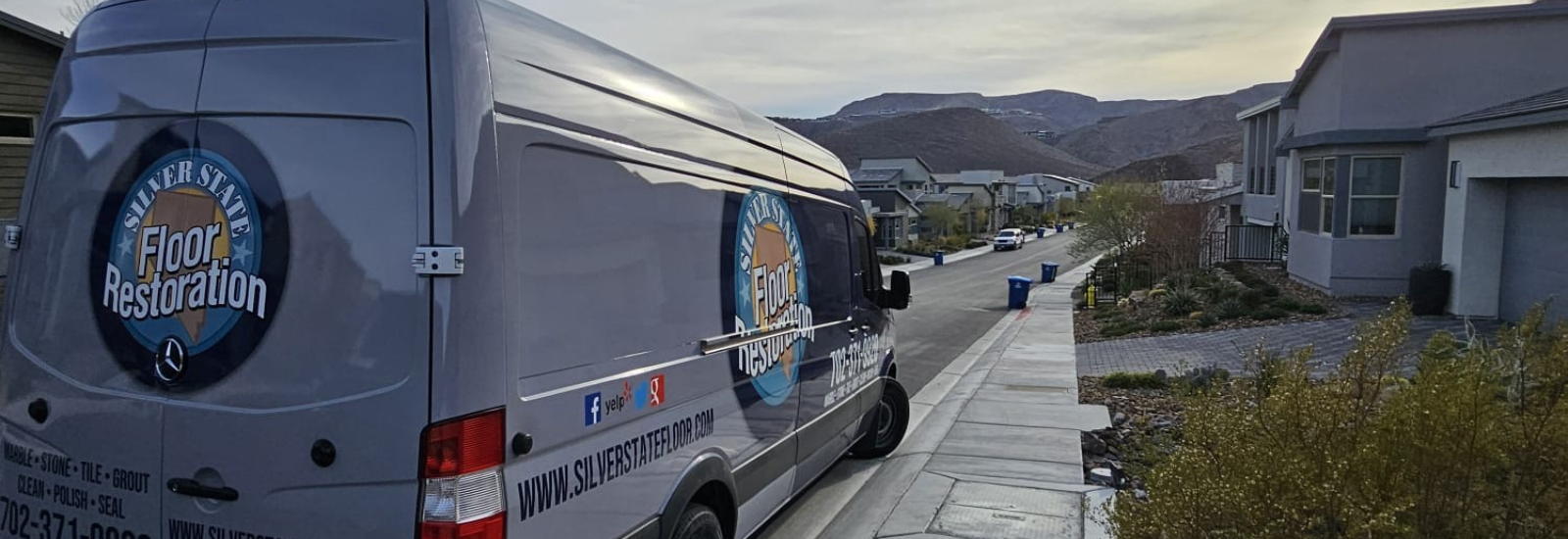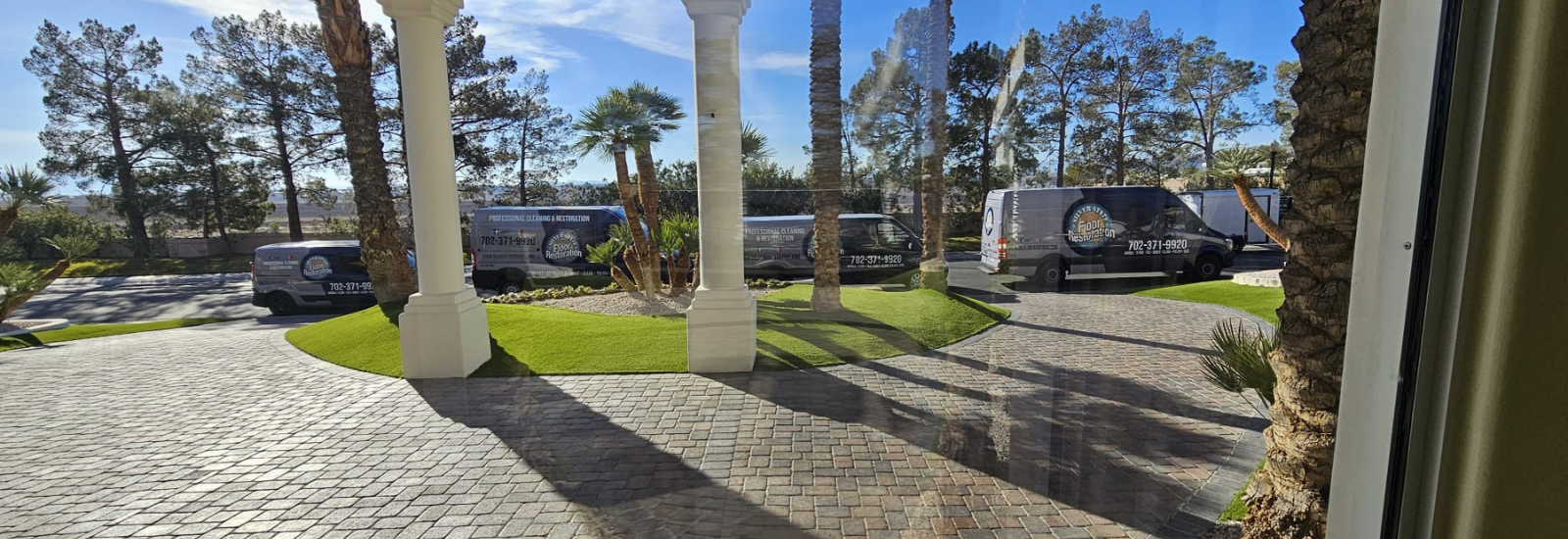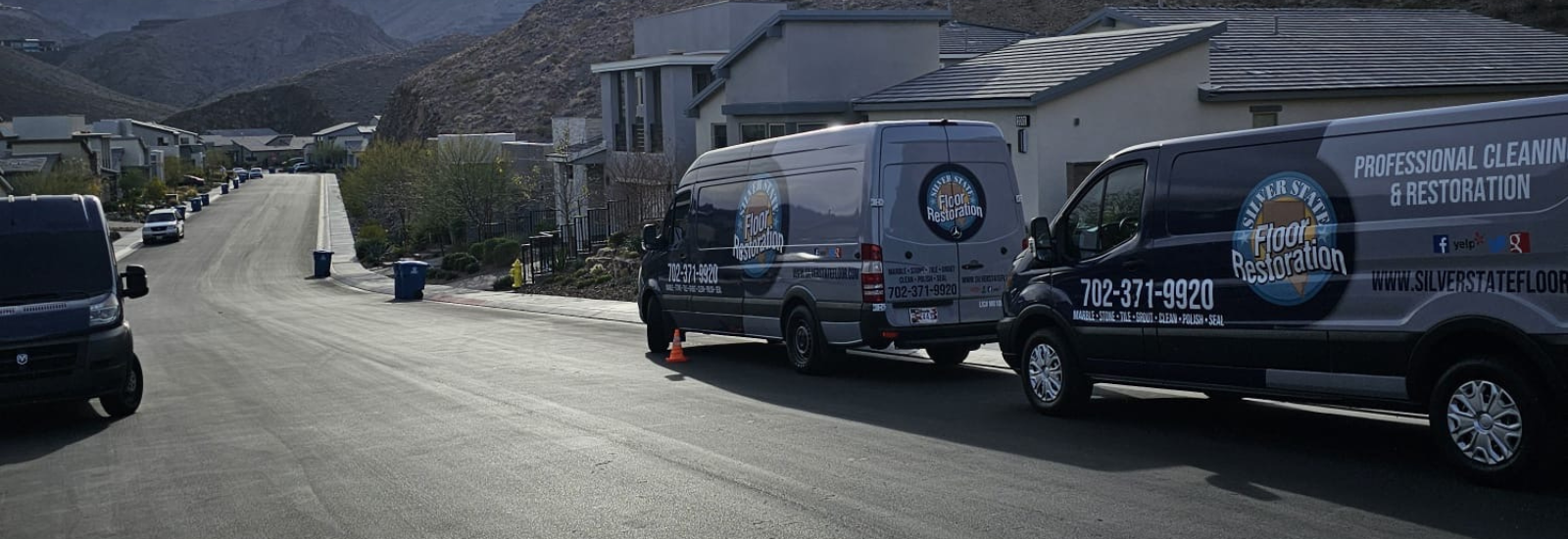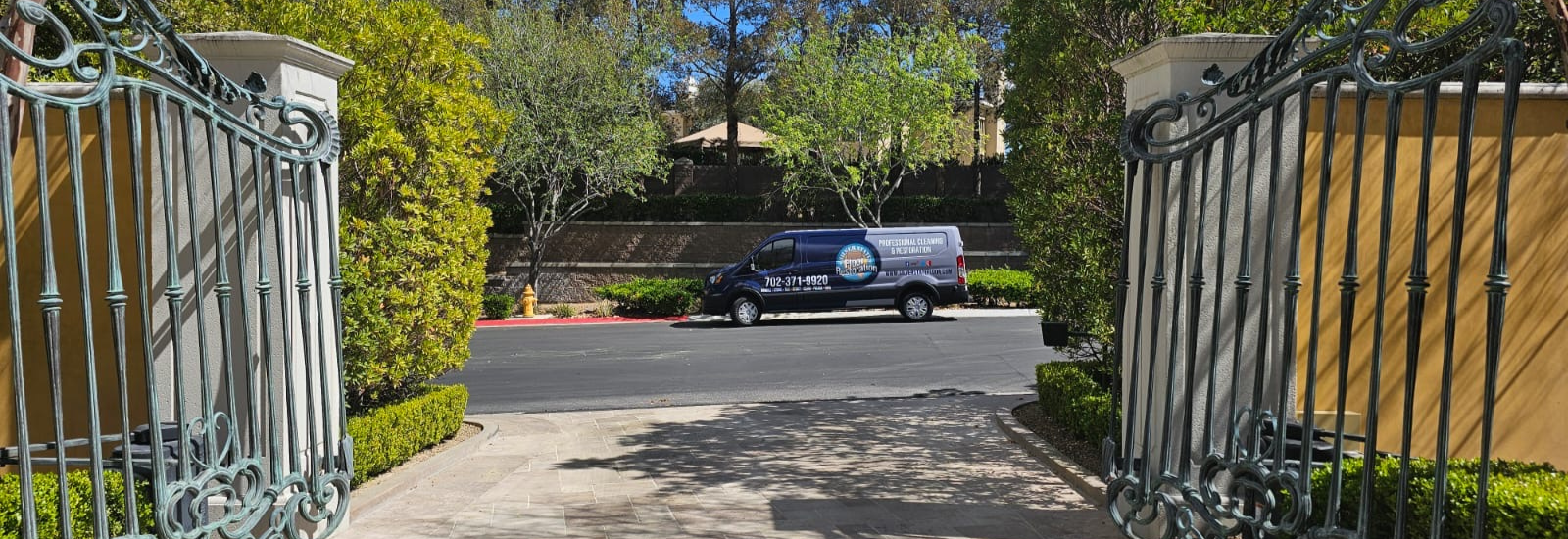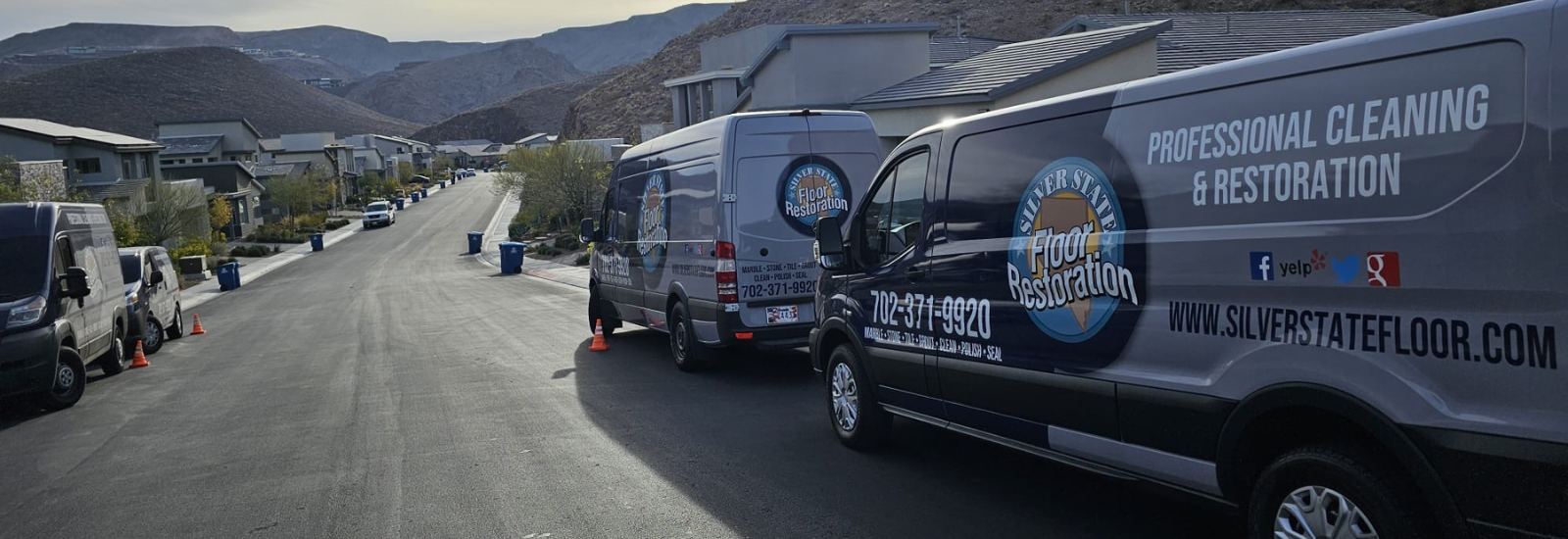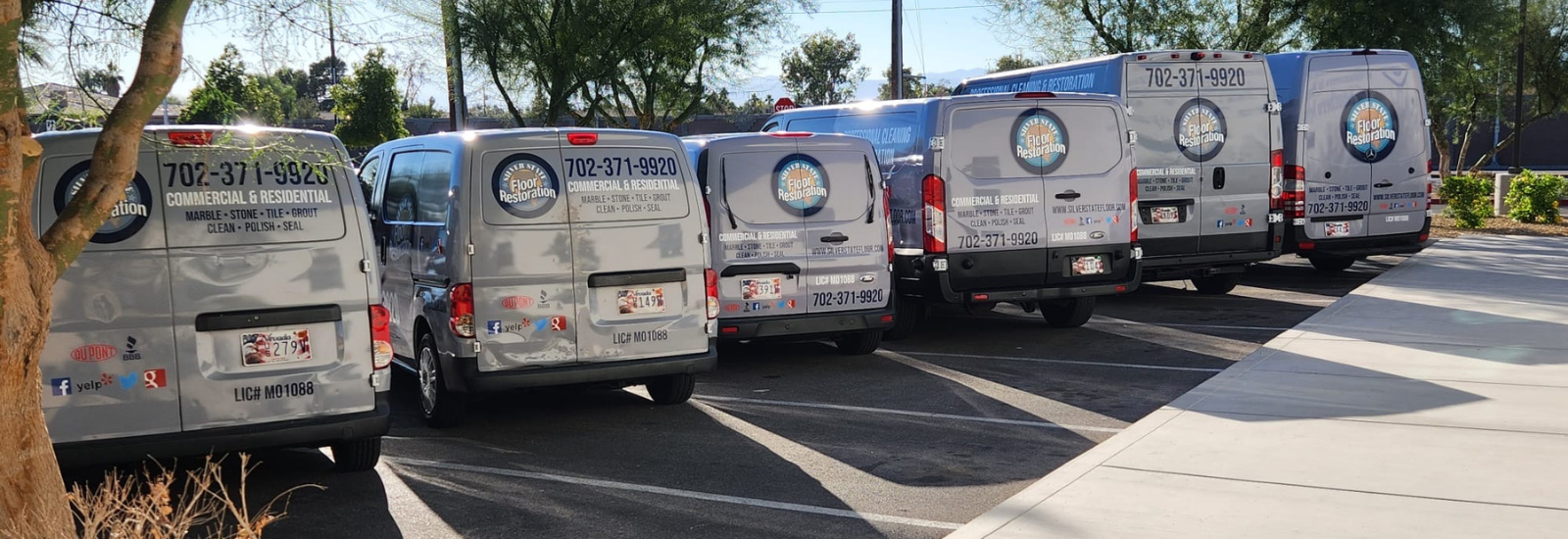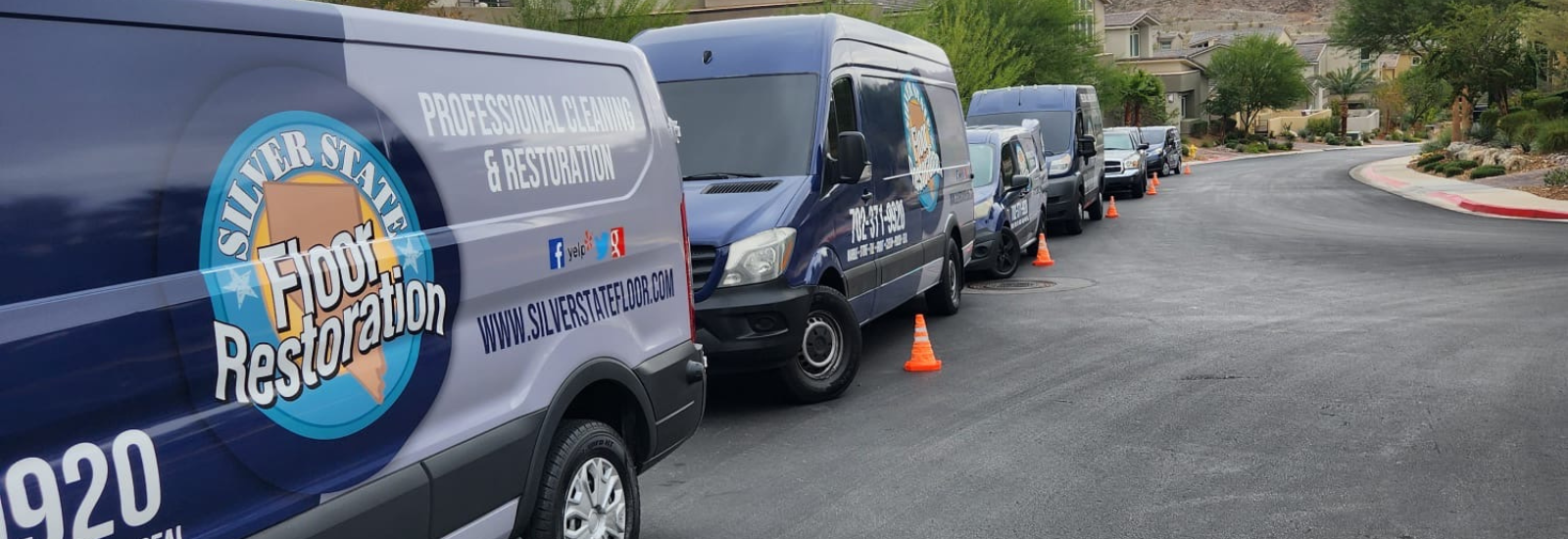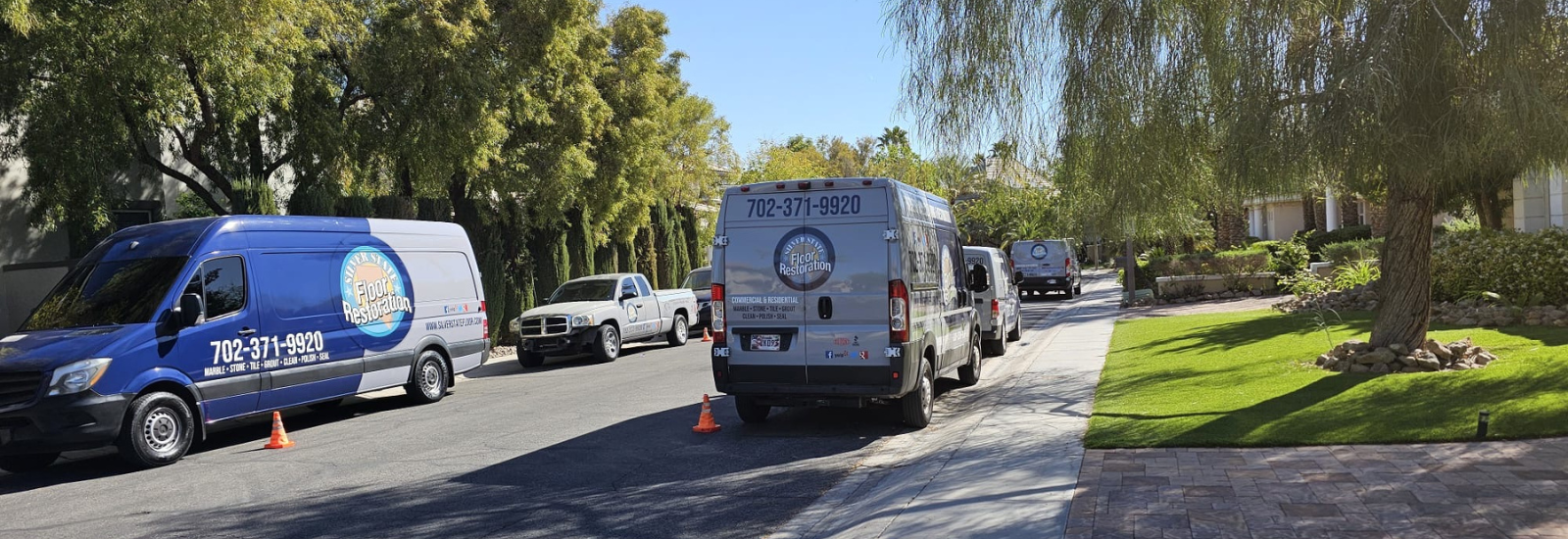Stone surfaces add a beautiful charm to any building. Whether you are trying to build or renovate a new home or commercial space for your business, you want to pick that perfect finishing touch that brings elegance and longevity. Stone surfaces for floors, countertops and bathrooms need much consideration when choosing the right stone for your lifestyle.
Silver State Floor Restoration would like to give you a short overview of the possibilities for your consideration. No matter your choice; stone surfaces require care and maintenance, but diligence will pay off, as stone floors can last for generations.
– Spills need to be wiped up immediately, especially alcohol or citrus base liquids, as they can deteriorate stone surfaces. Avoid placing hot, wet or abrasive possessions directly on the stone surface. It’s optimal to place doormats and area rugs in high traffic areas, and felt tabs under furniture.
– When sifting through your options, it’s better to shop locally. There you can use all your senses in selecting the best stone for you. Picking your own stone surfaces directly can contribute to a unique, custom design. Picking the stone isn’t the only decision; choosing the best type of finish for that stone and where the stone is being installed also needs to be selected.
Types of Stone Finishes:
• Honed stones have the most natural finish. The stones are sanded with coarse, abrasive sanding methods to create a smooth, matte finish.
• Buffed and distressed stones are burnished to remove imperfections. Afterwards, they endure a weathering process to enhance an aged look.
• Brushed and hammer stones are treated with stiff bristles to give a fairly rough textured look. A hammer and pick ax hybrid tool then creates a pocked effect.
• Satin brushed stones are treated with a softer bristled brush than the brushed and hammered treated stones and follow the same procedure.
• Highly polished stones have a glassy finish to them. Finer abrasives sand the surfaces.
Types of Natural Stones:
• Marble: Marble originates from limestone. After enduring certain conditions, the limestone components crystallize, creating veins and texture. Marble is softer and more absorbent than most granite, but still is resistant and strong to be used on nearly any surface. All marble can be polished, however, green shades, referred to as serpentine is more difficult, and harder to achieve the high gloss effect. Marble is best used for back splashes, floors, pastry surfaces, tubs and vanity tops. Clean with water, or very mild detergents. If detergents are necessary, make sure all residue has been thoroughly rinsed. Rust stains set quickly, and can be laborious to remove. The moment you realize rust has manifested, act urgently. Poultice can be acquired at flooring stores and best absorbs stains. Sealing is an option with marble, however the white colored area could be compromised.
• Granite: Granite has a variety of colors and the flecked mineral composites produce a salt and pepper look. In few cases, the composites can form veins. Granite is known for durability. It is hard to scratch and more difficult to stain. It is best for fireplace surroundings, kitchen counter tops, and pastry surfaces. Avoid using ammonia based cleansers, and use coasters and cutting boards.
• Limestone: Typically formed with shell from marine animals, limestone has an array of textures. The textures, color, and durability vary. It is best used in bathroom surfaces, kitchen floors and entryways. Sealing the limestone is a must, and will need ongoing coats depending on use.
• Onyx: Onyx has a distinct character trait, translucency. Onyx is usually found in caves. Although onyx is commonly descriptive for jet-black, it is usually white or pastel in color. It can be polished to a very high gloss. It is best used for bathtub surrounding areas, shower tiles, and vanity tops. It is often more susceptible to scratches, and needs to be sealed often.
• Slate: Formed from clay of ancient seabed, slate often is seen as deep green, blue, gray and purple. Slate has a matte surface and a recognizable cleft pattern. It is best used for kitchen countertops and floors. Seal as needed, and clean with specific slate cleaners.
• Travertine: Generally found near hot, mineral-rich bubbling springs, travertine has a porous surface. It has a sponge like texture, but can be filled to give a smoother exterior. It is best used in bathtub surrounding, shower tiles, and floors. Seal as needed. Be diligent in cleaning spills if holes are left unfilled.
• Sandstone: Sandstone is layered with dense sand and has earthy coloring. Hardness and durability varies depending on the sandstones originating place. It is best used for bathtub surrounds, shower tiles and walls, and kitchen floors. It needs regular sealing.
• Soapstone: From the element talc, it has a soapstone feel. High heat resistant, good for kitchen counter tops, vanity tops, sinks, and fireplace surroundings. Do not seal. Rub and buff scratches with mineral oil, or applying a gentle, low abrasive sanding.
Natural Stone Cleaning, Polishing, Sealing & Maintenance in Las Vegas, Summerlin, North Las Vegas & Henderson Nevada
No matter on your final choice for your home or business surface areas, call upon Silver State Floor Restoration, for proper cleaning and maintenance to keep your stone beautiful and well cared for.

